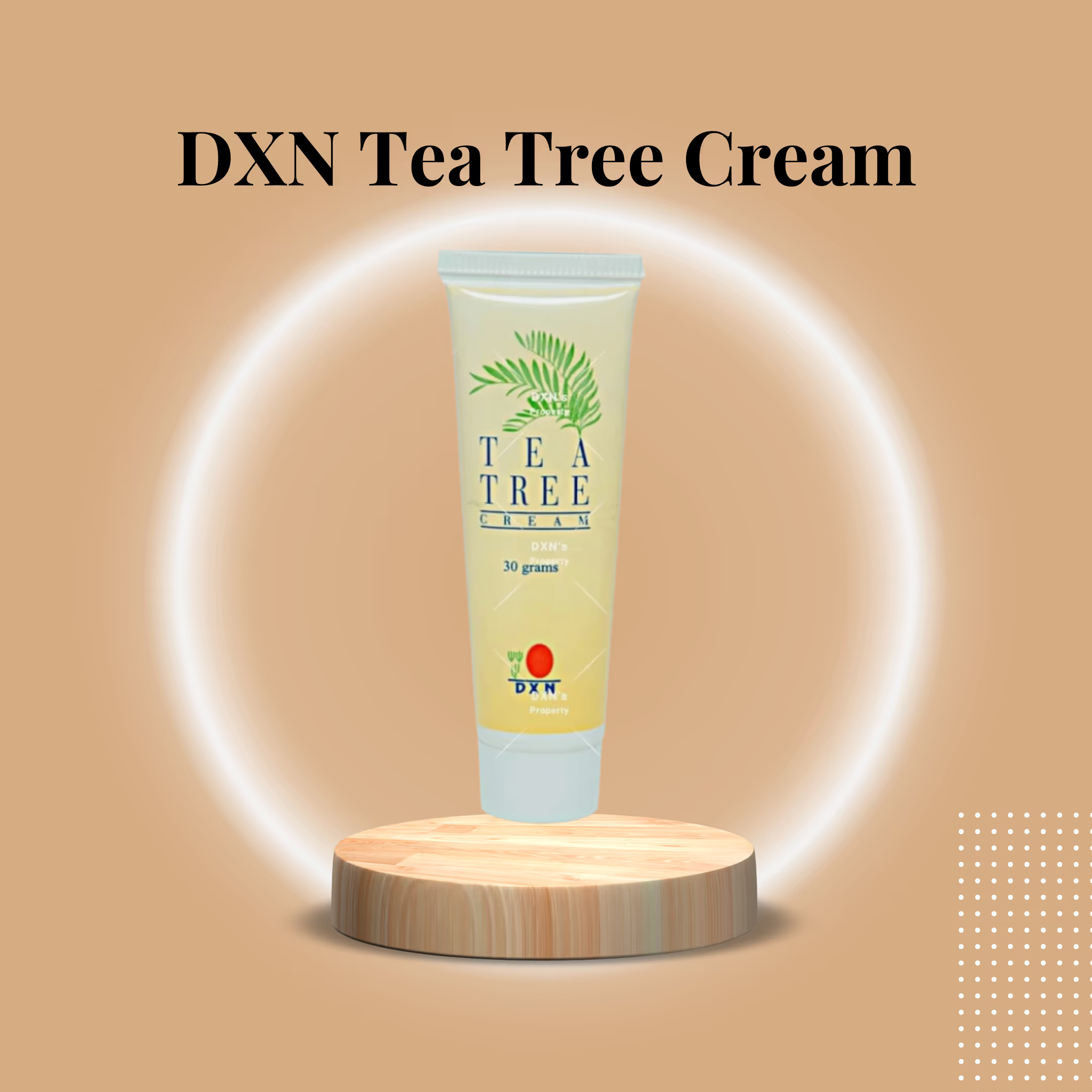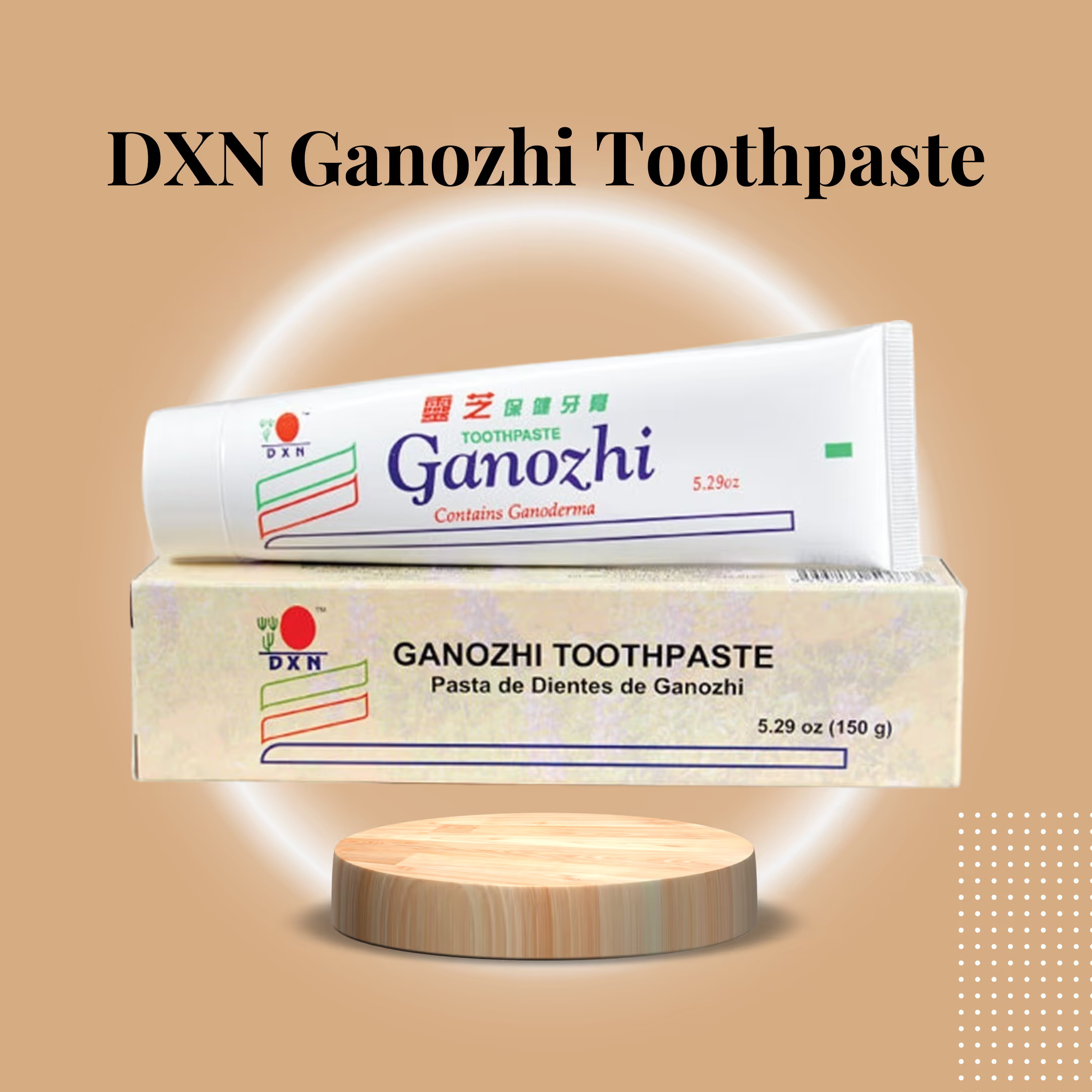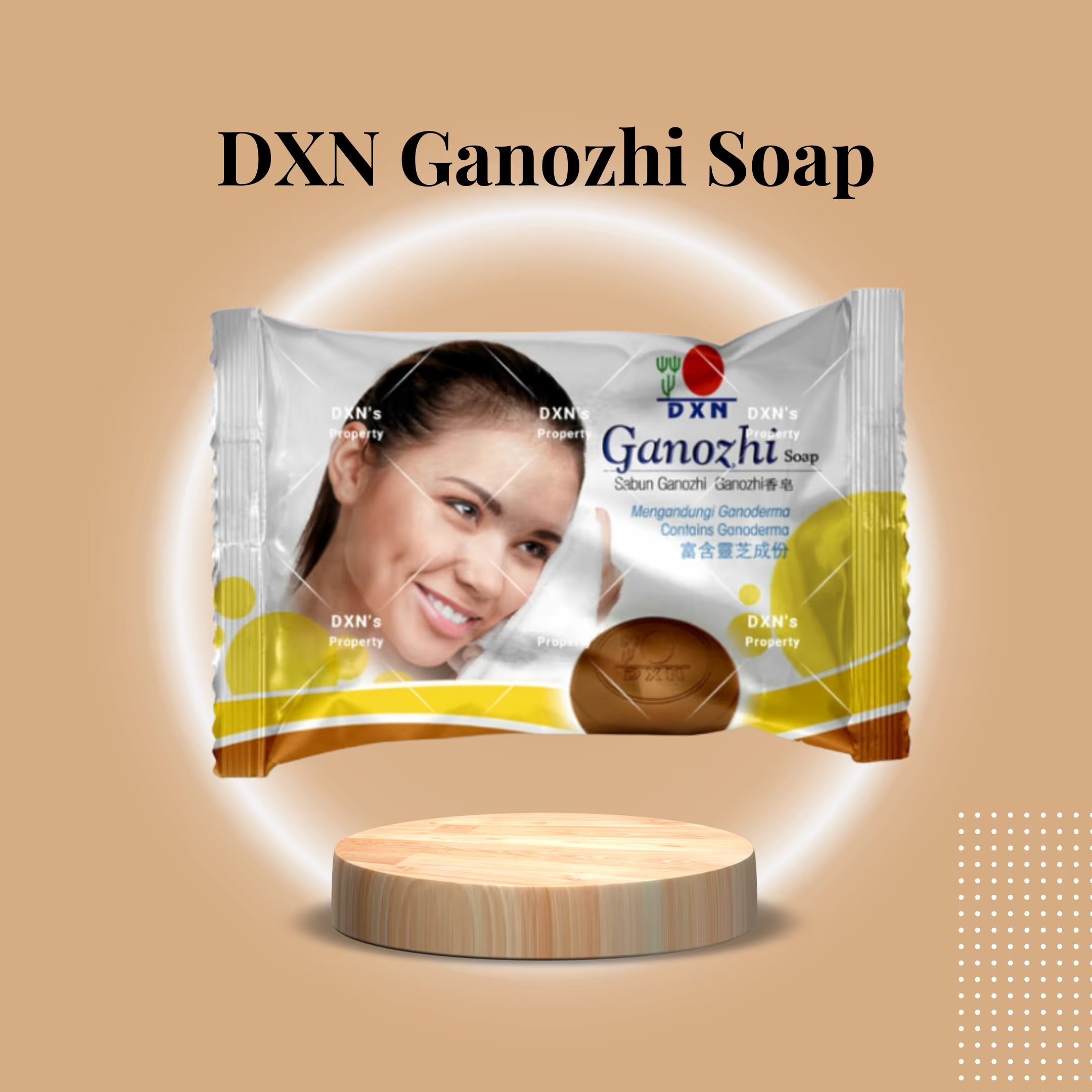1. Why Tea Tree? The plant, its chemistry, and what it actually does
Tea Tree Oil (TTO) is derived from the native Australian species Melaleuca alternifolia, which has been used by Aboriginal communities for wound care and topical antisepsis for a long time. Modern chemical analysis shows TTO is not a single molecule but a complex blend of terpenes, terpenoids, alcohols, and other volatile compounds. Among these, terpinen-4-ol stands out as the principal active constituent in terms of its antimicrobial and anti-inflammatory effects.
How terpinen-4-ol works
Terpinen-4-ol disrupts microbial cell membranes. It can penetrate bacterial cells, increasing membrane permeability and causing leakage of intracellular contents, which leads to bacterial death. This mechanism explains why TTO has broad antibacterial and antifungal activity — it’s not narrowly targeted, but rather works by destabilizing the membranes of many microbes that commonly trouble the skin.
Anti-inflammatory action
Equally important is TTO’s ability to calm inflammation. It downregulates inflammatory mediators and cytokines — molecules that drive redness, swelling, and pain. That dual action (microbial suppression + inflammation moderation) is what makes TTO particularly useful for conditions like acne, where both bacteria and inflammation are involved.
Quality matters
Not all Tea Tree Oils are created equal. Therapeutic benefit depends on a favorable chemical profile: high terpinen-4-ol and low irritant components (like 1,8-cineole). DXN’s product emphasizes high-quality medicinal oil to ensure both safety and consistent performance.
2. The therapeutic sweet spot: why 5% concentration
Choosing the right concentration for a potent essential oil is a balancing act. Higher concentrations can be more antimicrobial, but they can also become increasingly irritating. Studies and clinical experience indicate that approximately 5% TTO in a topical cream reaches a practical therapeutic window: effective against common skin pathogens (including Propionibacterium acnes/Cutibacterium acnes) while keeping the risk of irritation low for most users.
DXN’s formulation philosophy is conservative and safety-first: the cream utilizes 5% high-quality TTO to remain family-friendly — suitable for teens, adults, and even cautious application for infants’ irritated skin in certain circumstances — while remaining strong enough to support blemish control, antiseptic first aid, and inflammatory skin support.
3. Building a balanced base: why Aloe, glycerin and shea butter matter
A powerful antiseptic needs a protective partner. Unbuffered essential oils can dry or irritate the skin, so modern topical therapies use complementary ingredients to counterbalance their potency.
Aloe vera — the hydrator and calms-within
Aloe vera has a long history of soothing inflamed or sun-exposed skin. Its mucilaginous polysaccharides attract and hold water, providing an immediate cooling sensation and supporting superficial tissue repair. In a TTO cream, Aloe serves as a hydration buffer, mitigating dryness and reducing the likelihood of irritation, thereby allowing the antibiotic action to proceed without stripping the barrier.
Glycerin and humectants
Humectants draw moisture into the outer layers of the skin. Glycerin (and glycols like caprylyl glycol) retain hydration in the stratum corneum, helping keep skin elastic, less scaly, and more resilient while the TTO does its work.
Emollients and barrier restoratives
Shea butter, beeswax, and lightweight esters (such as caprylic/capric triglyceride and isopropyl palmitate) provide structure and skin protection. They smooth and soften skin, reduce transepidermal water loss, and create a sensory profile that’s non-greasy and fast-absorbing — important for daily use and compliance.
The result is a cream that can deliver the lipophilic Tea Tree Oil deep into the epidermis (where microbes and inflammation often live) while leaving the surface hydrated and comfortable.
4. How the formula operates at the skin level
- Rapid penetration: TTO is lipophilic, so the emollient-rich base acts as a carrier for it. The cream spreads and the oil diffuses through lipid layers to reach the follicular infundibulum and epidermis rapidly.
- Antiseptic action: Terpinen-4-ol and related molecules interact with microbial cell membranes, thereby reducing bacterial and fungal loads.
- Inflammation control: Simultaneous downregulation of pro-inflammatory cytokines decreases swelling, redness, and discomfort.
- Barrier support: Humectants and emollients help maintain hydration and support the skin's natural defenses.
This combination makes the cream useful for both acute issues (such as bug bites, minor cuts, and pimples) and chronic inflammatory problems (mild dermatitis, irritation, and recurring blemishes), provided expectations are realistic and clinical conditions are not severe.
5. Primary uses and practical applications
Acne and blemish management
- Spot treatment: Apply a thin layer directly to active lesions. The antimicrobial action reduces the bacterial load, while anti-inflammatory compounds accelerate symptom relief.
- Supportive care: Use as part of a routine that includes gentle cleansing, non-comedogenic moisturizers, and, if needed, guidance from a dermatologist for moderate to severe acne.
Minor wounds and first aid
- Cuts and scrapes: After gentle cleansing, a small amount can be applied to help prevent superficial infections and soothe the area.
- Insect bites: The cream relieves itching and helps mitigate the local inflammatory response.
Eczema, dermatitis, and psoriasis flares (mild cases)
- The TTO’s ability to dampen inflammatory signaling, plus the cream’s barrier-restoring base, can help manage symptoms. For moderate to severe eczema or psoriatic lesions, use as adjunctive care and consult a healthcare professional.
Fungal-prone areas and hygiene
- In humid or occluded areas, the antifungal properties of the oil are beneficial for hygiene and the prevention of mild fungal overgrowth. Do not substitute for medical antifungals in established tinea infections without consulting a healthcare professional.
Every day moisturizing and prevention
- Using small amounts regularly can help maintain skin hygiene while minimizing microbial overgrowth — a benefit particularly helpful for hands, feet, or areas prone to irritation.
6. How to apply: routines and tips for different needs
Daily general use
- Cleanse first: Use a gentle soap or derm-approved cleanser and pat dry.
- Apply sparingly: A pea-sized amount is often sufficient for the face; more may be used on body areas.
- Massage gently: Warm the cream between your fingers and smooth it over the area until fully absorbed.
- Frequency: 1–3 times daily, depending on the condition. For routine moisturizing, once daily is usually sufficient; for active spots or irritation, applying 2–3 times daily can be beneficial.
Spot protocol for acne
- Clean the skin gently, then apply a thin layer to the lesion. For best results, maintain consistent application for several days and avoid over-drying the surrounding skin.
Wound care
- Clean the wound with clean water or saline solution before applying the dressing. If the wound is deep, actively bleeding, or associated with signs of infection (spreading redness, fever), seek medical care rather than relying solely on an OTC cream.
Use with other products.
- It integrates well into multi-step regimens: cleanse → tone (if used) → apply DXN Tea Tree Cream → sunscreen during the day. Avoid layering multiple strong actives at the same site simultaneously without professional guidance.
7. Safety, tolerability, and populations to be cautious about
Sensitivity and patch testing
- Essential oil formulations can cause sensitization in some individuals. If you have never used a TTO product, patch-test on a small forearm area for 24–48 hours before broad facial use. Redness, burning, or increasing itching warrant discontinuation.
Children and infants
- The 5% concentration is relatively mild, and the cream is marketed as safe for families. For infants, use cautiously: consult a pediatrician before applying to large areas or broken skin. Use minimal amounts if advised for diaper-area irritation.
Pregnant or breastfeeding people
- Topical use in small areas is generally considered low risk; however, if you have specific concerns, consult your healthcare provider.
Allergies to components
- Individuals with known allergies to tree oils, fragrances, or any botanical components should carefully review the ingredient list. Although DXN’s base aims to minimize irritants, natural aromatic components may include traces of limonene, linalool, or similar compounds that some individuals find sensitizing when oxidized.
When to see a professional
- If irritation worsens, lesions spread, you develop systemic symptoms (fever, extensive swelling), or there is no improvement after a reasonable trial, consult a dermatologist or primary care clinician.
8. Realistic expectations & when the cream is (and isn’t) the right tool
DXN Tea Tree Cream is a supportive topical, excellent for minor to moderate skin troubles and general hygiene maintenance. It is not a substitute for systemic therapy in cases of severe acne, deep infections, or complex dermatological diseases. Use it as part of a consistent care routine; expect symptom improvement within days for acute inflammation and within weeks for chronic issues, such as recurrent blemishes.
9. Storage and shelf-life considerations
Terpinen-4-ol and other volatiles degrade in the presence of light, heat, and oxygen exposure. Keep the tube tightly closed, store it in a cool, shaded place, and use the product before its expiration date. Antioxidants, such as Vitamin E, are often included in the base to help stabilize the oil; however, proper storage still matters for preserving potency.
10. Complementary uses and anecdotal applications
Beyond standard dermatological uses, users often report these helpful secondary uses (always use judgment and consult a professional when trying off-label uses):
- Vapor rub substitute: Smoothed on the chest or upper lip area (sparingly), the aromatic terpenes can provide a mild vapor effect to ease congestion — not a replacement for decongestants in severe illness.
- Foot care: For post-sport or humid environments, the cream can be used to reduce itchiness and support foot hygiene.
- Accompanying massage: A gentle massage into sore muscles may provide comfort through the warming/aromatic effects of the oil.
.avif)





